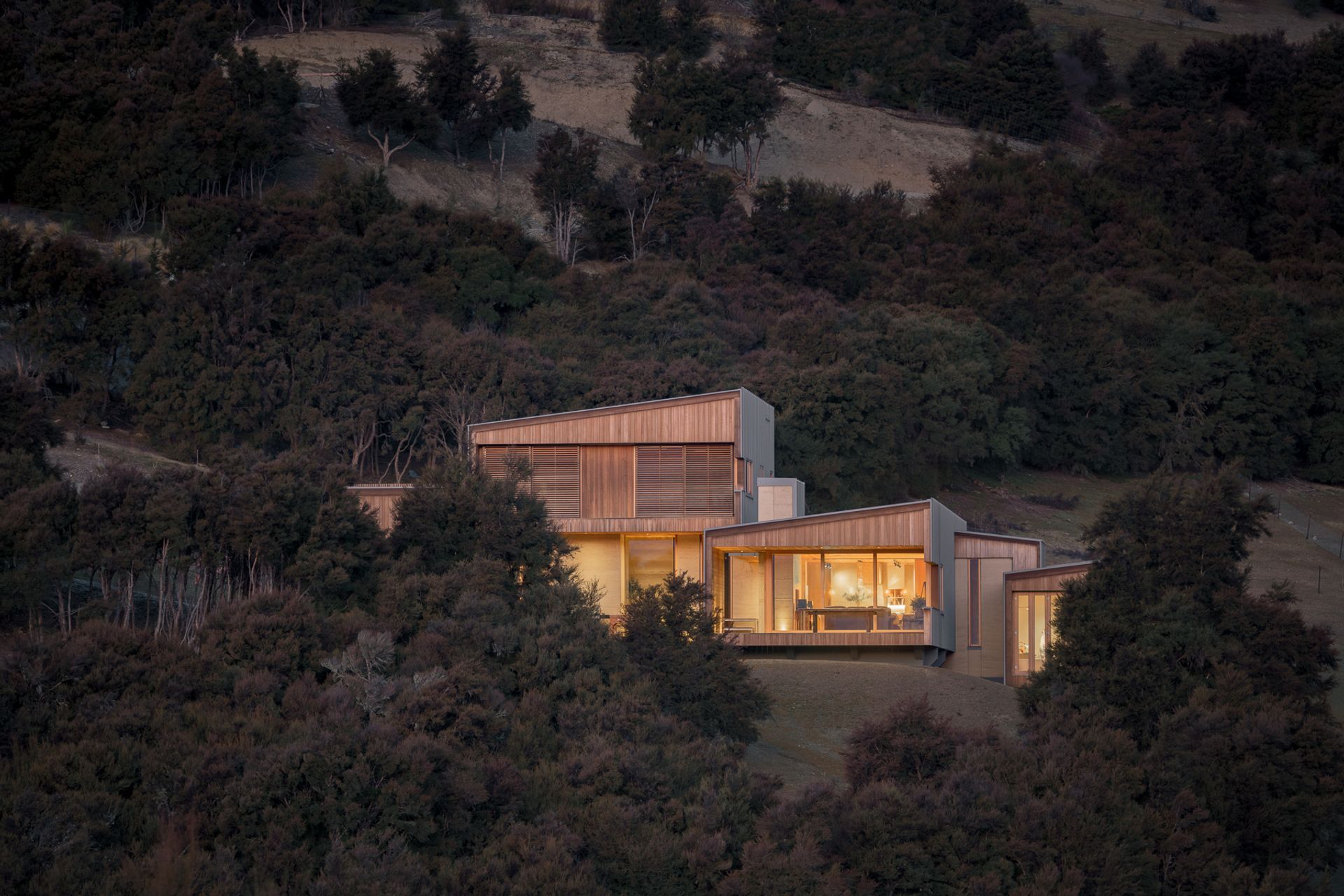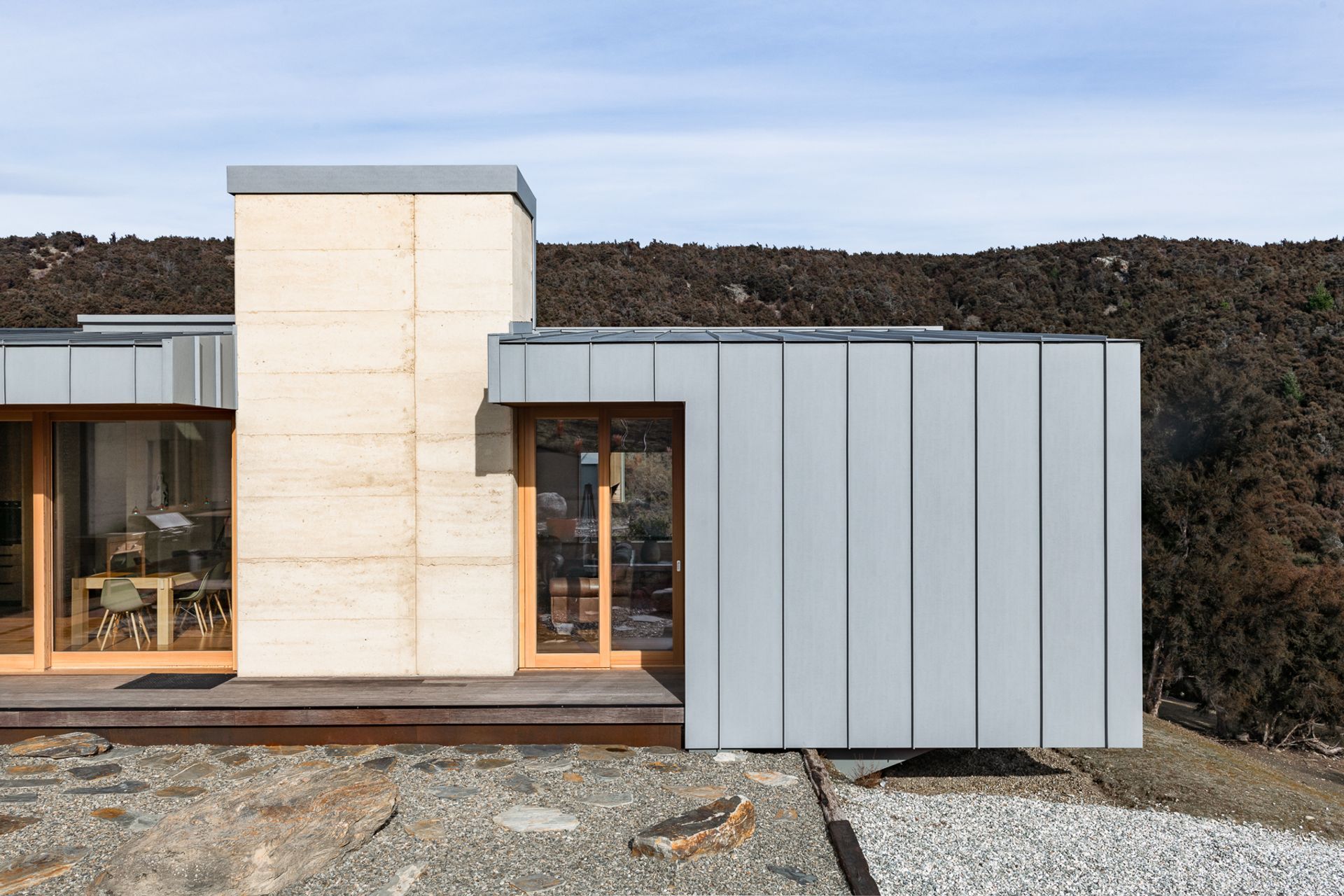Architectural photographer Mickey Ross on capturing nostalgia and moments in time
Written by
05 October 2022
•
4 min read

Can you tell me about your journey into photography?
I grew up ski racing lots which resulted in getting a sports scholarship to an American University called Sierra Nevada College located on the edge of Lake Tahoe. At high school I wanted to study photography, but because of ski racing commitments I didn't have time. So, when I finally had the chance to study again, I chose to study digital art with a concentration on photography.
After graduating I took up designing websites and photography on the side, with the intention of keeping photography as a passion. I started to build up some gear and was shooting lots but had all of my camera gear stolen on New Year’s Eve on Great Barrier Island and didn't take photos for a year after that.
Heading to Canada to ski-bum for a couple of years saw me get my photography passion back. I chased my friends around during back-country missions and found a real love for documenting the adventurous life around me. From that point I decided I would make photography my full-time job. I now shoot a wide range including commercial work for adventure brands, weddings and architecture.
What’s been the highlight of your career?
In 2016 I was invited on a trip to Bolivia with Northface athletes Sam Smoothy, Johnny Collinson and Fraser Mcdougall to document a ski mountaineering trip in the mountains surrounding La Paz. I was blown away by the city’s culture, beauty, and how it’s built in a giant, seemingly crumbling canyon. This was also when I started shooting most of my personal work on film. I loved getting home and scanning all my film.


I love the idea that your photography ‘explores the power of stopped time’. How do you know when you’ve got the right shot?
To be honest, I never know, or I'm never 100% convinced. But with more experience, I've become comfortable with accepting that I've captured my vision and that's what my job is to do.
It's a really interesting thought that photographs capture a moment in time that is forever in the past, so my aim is to create photos that give the viewer a sense of nostalgia, that drags them back in time to that place and makes them feel what it was like to be there. It's not always possible to do this in every shoot or photograph, but it's a great challenge to keep in mind while I work.
How do you approach each new photography project?
It's great to research and plan a new shoot or project with a client, but I find that I thrive when I'm more reactive to the environment, space or situation I'm in. I'm a very visual person so I prefer to be able to see and plan in real time – just like letting a personal project evolve during the shooting process, it's a good idea to not be stuck to an exact plan.
When shooting architecture or spaces I don't like to be rushed or time-pressured so I have time to be in a space and get a feeling for when each space or room is at its best. That's why it's best to be at a location for a whole day. You can then shoot each space when the vibe and light is right.

How does architectural photography compare to your other photography work?
Architectural photography slows you down and teaches you to be patient, which is very different to some of my other work which requires speed and reaction. I love this because it requires that I'm present, observing and feeling more than simply shooting everything that happens.
I feel like architectural photography matches my personal work more closely than some of my other work as it's a little more quiet and considered rather than spectacular. I shoot a lot of my travel and personal work on film as it stops the ‘spray and pray’ kind of mentality and makes you appreciate each frame you decide to make.


What do you enjoy most about what you do?
I enjoy variety, so I actually love most of everything I do (except admin). But the best part of being a photographer is exploring and seeing new places, meeting new people and in the end hopefully making some images that people enjoy.
Is there anything else you’d like to share?
Slow down; take a second glance; look for longer; notice more.
Explore more of Mickey Ross’ work on ArchiPro.
Words by Cassie Birrer